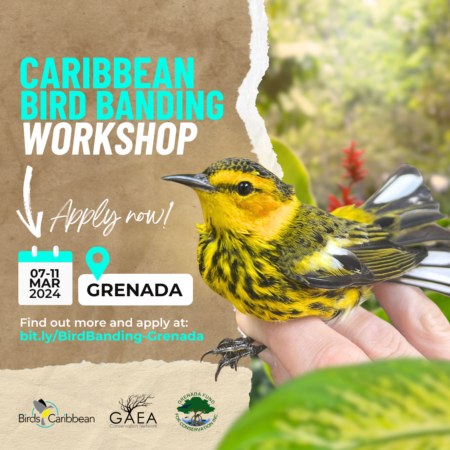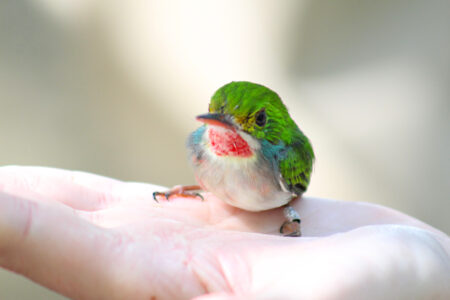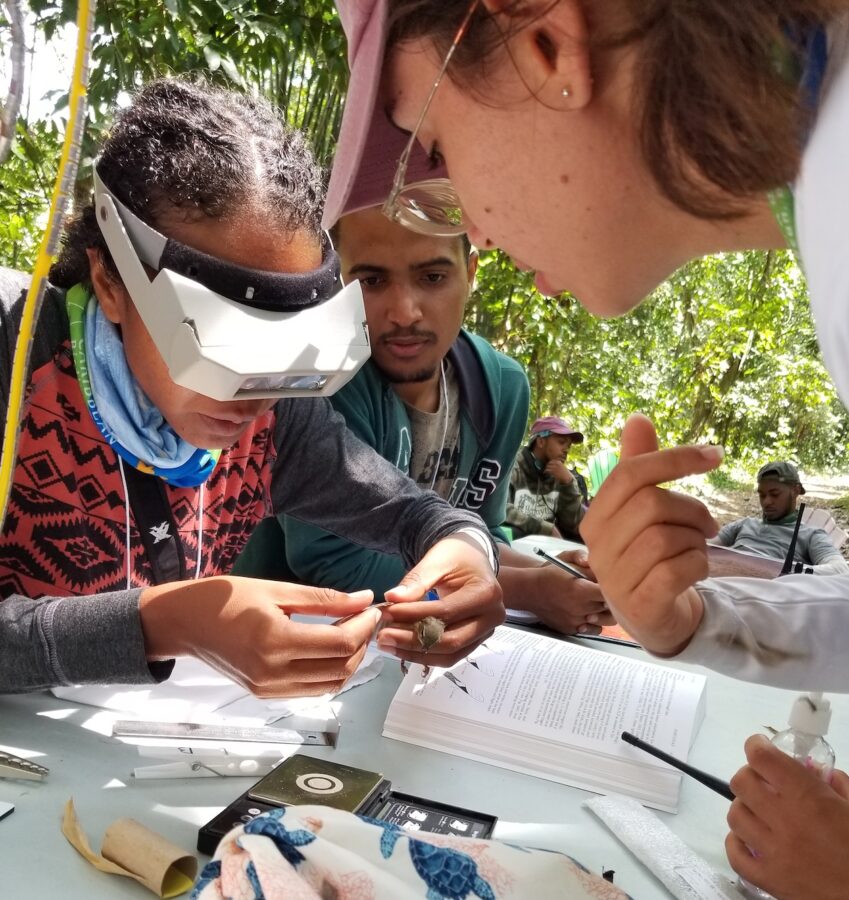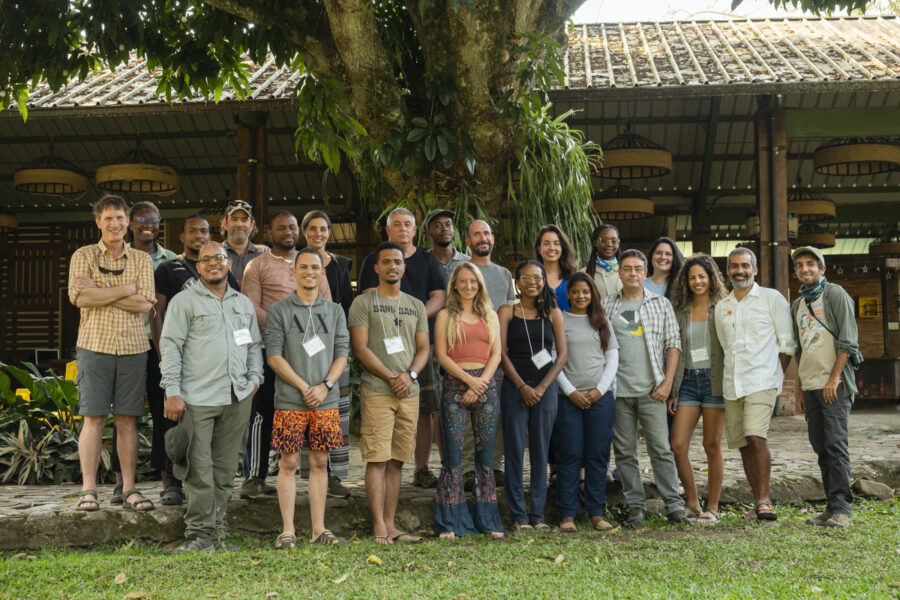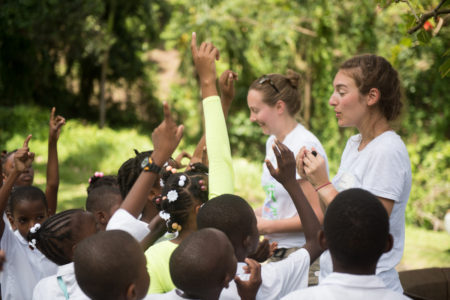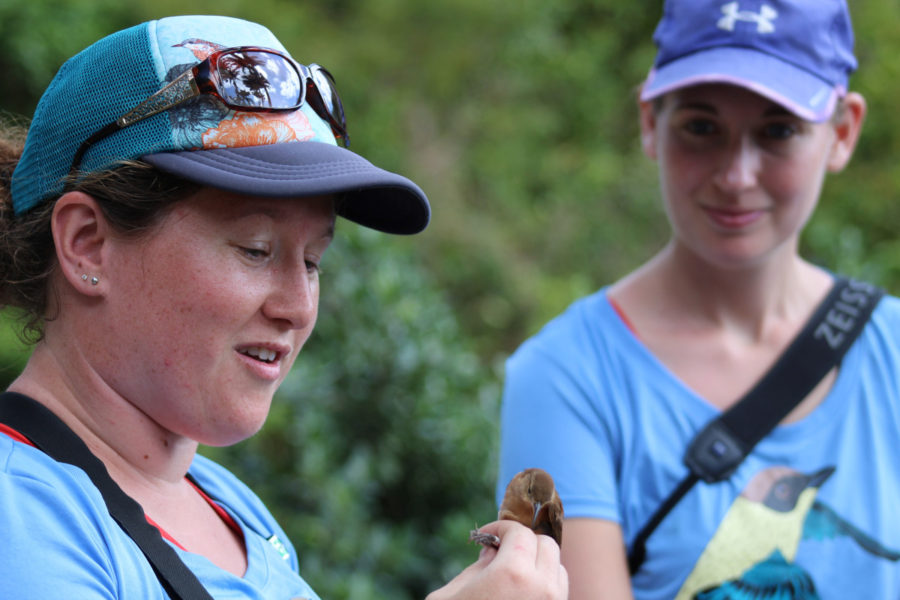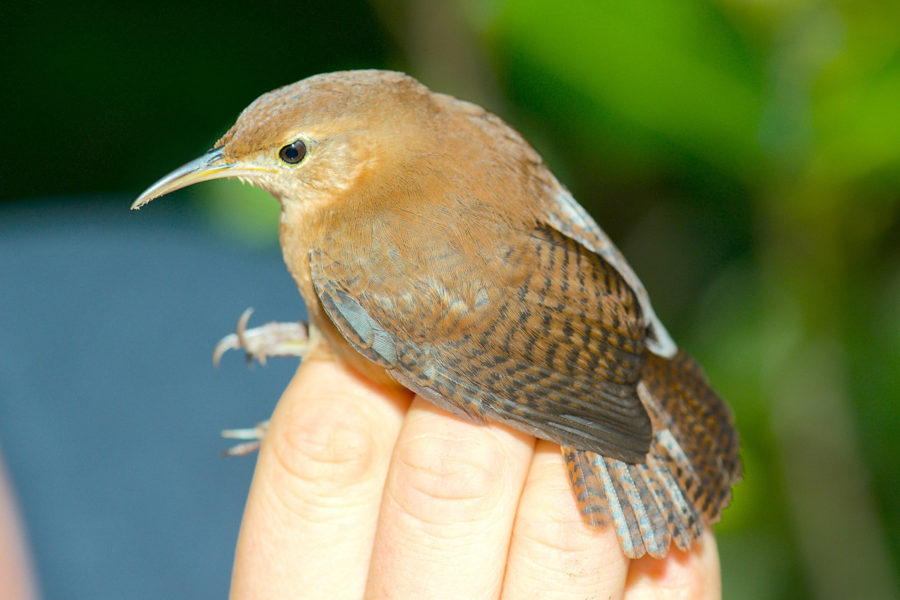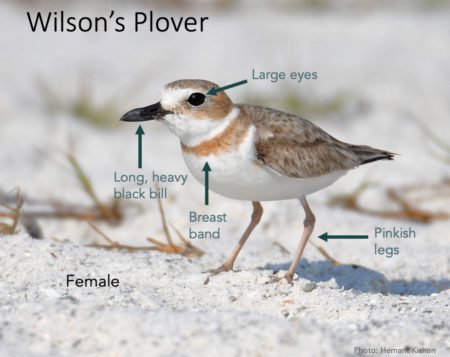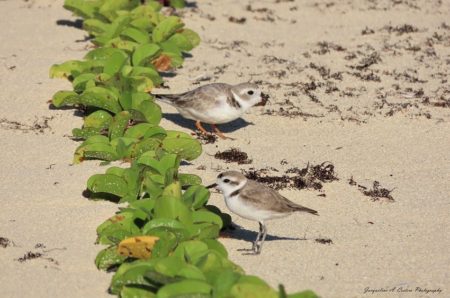BirdsCaribbean brings you highlights from the Journal of Caribbean Ornithology in our feature “Just Published in JCO.” Here, Zoya Buckmire, the Lead Copy Editor for the Journal of Caribbean Ornithology, gives us a behind-the-scenes look at various research on birds and their conservation in Grenada.
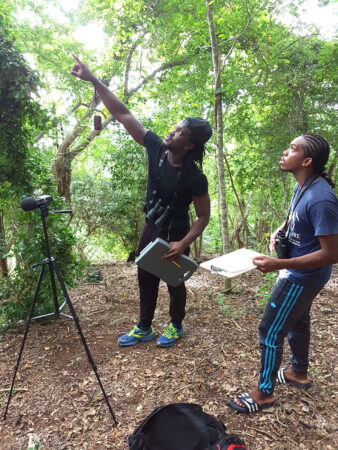
Our feathered friends do not have it easy in today’s world. They face a myriad of threats from hunting, to habitat loss and land-use change, to climate change and all its related impacts. These challenges are especially felt by bird communities on Small Island Developing States (SIDS) like those in the Caribbean. These small islands are subject to unique economic, social, and ecological pressures, which translate to a unique set of challenges for resident fauna, and puzzling questions for those of us involved in their conservation. How are birds using and responding to natural and anthropogenic habitats on these islands? In what ways does this use differ from the well-studied continental regions? And critically, how should this inform conservation and management measures here in the Caribbean?
Using Grenada as a case study for his master’s thesis research, Ramon Williams, a local biologist, sought to explore some of these questions. In their recently published article “Avian use of anthropogenic and natural habitats in a Small Island Developing State,” Ramon and his advisors present some of their critical findings, including habitat preferences for some of the regionally endemic and range-restricted species we know and love. Ramon recently shared his findings in a webinar hosted by Gaea Conservation Network, which you can view here. We wanted to learn even more about his behind-the-scenes process, so Zoya Buckmire, Lead Copy Editor of the Journal of Caribbean Ornithology (JCO) and fellow Grenadian, reached out to the author with the following questions (responses have been edited for flow).
How did you first conceive of this study, and what motivated you to conduct this research?
We conceived this study because Grenada was lacking a comprehensive scientific survey to shed light on how anthropogenic disturbance affects the terrestrial bird community. As Grenada is a SIDS that has been undergoing rapid developmental changes, we found it important to understand the effects of these environmental changes on birds so that adequate conservation strategies could be implemented to help conserve both avian species and their habitats.
Comprehensive surveys for Grenada are few and far between, but Ramon’s work built upon the Ellie Devenish-Nelson and Howard Nelson’s “Abundance and density estimates of landbirds on Grenada,” published just two years prior in the JCO.
Tell us about a memorable moment during field research or data analysis.
My best memory during field research was when I had an incidental observation of the endemic Grenada Hook-billed Kite (Chondrohierax uncinatus mirus). Although we did not observe any Hook-billed Kites during our scheduled surveys, the incidental observation was spectacular! On 2 August 2017, we had to cancel our data collection due to rainy weather. At about noon, it was raining heavily, and as I stood on the balcony of my residence in La Fortune, Saint Patrick—I noticed a Hook-billed Kite up in the secondary forest canopy! I grabbed my binoculars and my phone and went out into the pouring rain to capture some low-quality photos and video of the kite.
Tell us about a challenge you had to overcome during fieldwork or data analysis.
Our biggest challenge was navigating the unpredictable weather during fieldwork. On 1 August 2017, we went to Hog Island (one of Grenada’s many cays) to conduct one of our field surveys. While the survey was successful, the rain started pouring around 9 am and we had nowhere to shelter our field equipment on the uninhabited island. We resorted to using a trash bag to shelter our equipment from water damage.
One of the key findings from Ramon’s research was that the birds in Grenada used a variety of habitats, including anthropogenic ones like agricultural and rural areas. While these human-altered landscapes supported higher densities of birds than natural cloud and secondary forests, the latter hosted more habitat specialists and species of conservation concern. Regional endemics like the Grenada Flycatcher (restricted to the Grenada Bank) rely on secondary forest and mature lowlands including mangroves. This demonstrates that while “natural” habitats are critical for birds, human-altered landscapes are also an important part of the available habitat mosaic—and they should all be maintained for our feathered friends.
What are your hopes for what your research will lead to?
We hope that our research can serve as a baseline for further research and help inform conservation decisions. As anthropogenic development continues in Grenada and other Caribbean islands with similar species and habitat requirements, further research is needed to monitor how the avian community is responding to the changing environment.
Will this work impact your own research agenda going forward?
Yes, we are continuing to conduct research on Grenada’s birds, and are currently working on research with Bananaquits—of which we have a melanistic subspecies in Grenada (Coereba flaveola aterrima).
Is there anything else you would like to share?
We conducted a field outreach exercise on the island of Carriacou with both elementary and high school students. The primary goal of the exercise was to help the children with bird identification and hopefully inspire future ornithologists. The exercise had two phases: the first phase was a presentation on the defining identification characteristics of terrestrial birds; and the second phase involved a brief birdwatching exercise.
Other recent work from Grenada
A heartening amount of important bird research has been published about Grenada’s birds in the last few years, most of which emerged from the former Koper Lab at the University of Manitoba (now at the University of Northern British Columbia). As a Koper Lab alum myself, I actually got my first exposure to the lab and their work through assisting with Nicholas Bergen’s citizen science experiment in 2016. From the lab’s bird banding activities, Alexandra Heathcote et al. published morphological comparisons of a few resident landbird species, and Christopher De Ruyck did his dissertation on landbird diets and the importance of agroecosystems as habitat. Those same banding activities led to the recognition of the song variation of Grenada’s House Wrens and documentation of their morphological differences, contributing to Grenada’s population being declared its own subspecies (Troglodytes aedon grenadensis)!
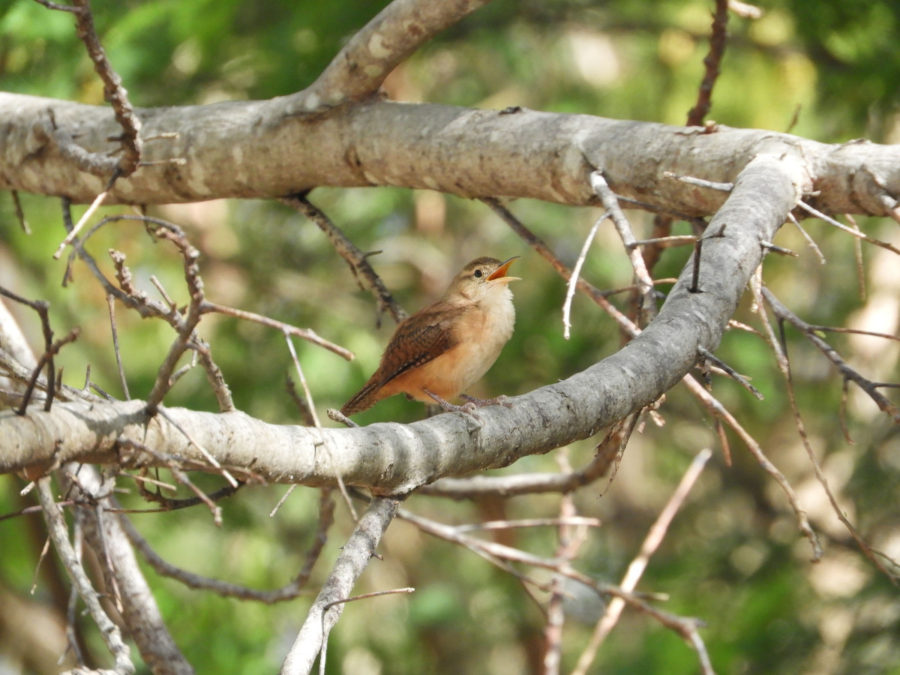
Ezra Campbell, another local biologist and Koper Lab alum, researched native raptors for her thesis, and her findings on the Broad-winged Hawk population were also published in the JCO in 2022. That same year, Arnaud Lenoble and colleagues published their research on the Hook-billed Kite’s diet on the island. Ezra’s study found that Broad-winged Hawks are doing well in Grenada, where they are widely distributed and adapting well to changing environments, possibly to the detriment of the more specialized Hook-billed Kites. The hawks were even observed using old kite nesting trees and exhibiting aggressive behavior towards them, possibly pushing the endemic raptor out of its optimal habitat. A case of mistaken identity—where kites are often prosecuted for the chicken-stealing activities of the hawk (aptly nicknamed “chicken hawk” on the island)—further puts the kites at risk. Combined with Arnaud’s findings of the kite’s preference for medium-sized snails, which vary with the seasons and site and restrict the availability of suitable habitat, this endemic subspecies seems to have the odds stacked against it. Both of these studies emphasize the importance of further research to identify and protect suitable habitat for both species.
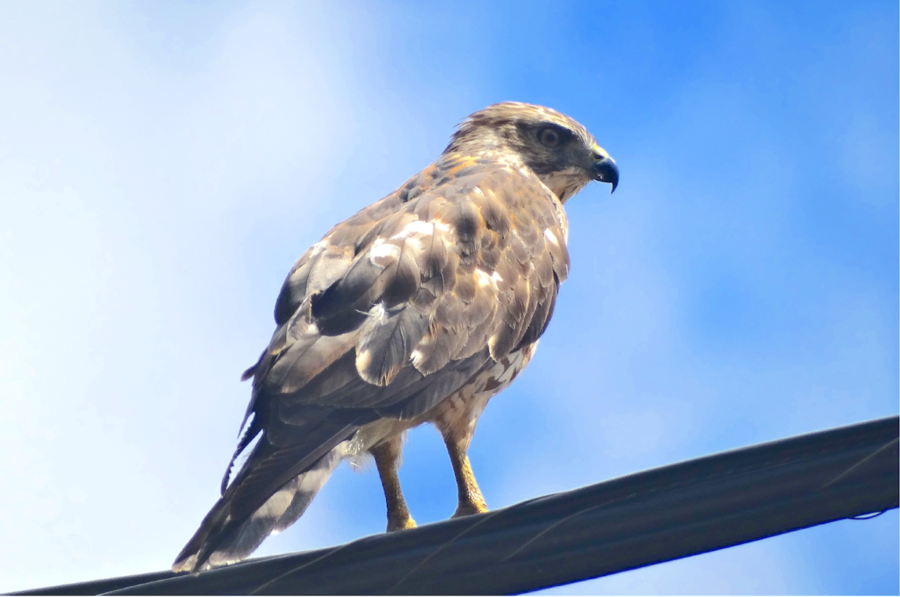
And a lot remains yet unpublished. For instance, eBird records indicate the presence/occurrence of 171 species in Grenada, a significant increase over the last record of 153 species from the 2019 Complete Checklist of the Birds of the West Indies. Many of these “new” species have been recorded in the last 5 years by avid birders on the island, and if/when these records get published, they will contribute to our knowledge of the biodiversity, species distributions and population statuses across the region. Grenada is also part of the Caribbean Landbird Monitoring Network, with several local biologists being trained over the last few years in bird banding and landbird surveys using the PROALAS protocol. In fact, our next Bird Banding Workshop is being hosted in Grenada in early March, so stay tuned for updates on this! Together, these advances reassure me that for Grenada, the future of ornithology—and of the birds we are working to preserve—is bright.
The Journal of Caribbean Ornithology is a peer-reviewed journal covering all aspects of ornithology within the Caribbean region. We welcome manuscripts covering the biology, ecology, behavior, life history, and conservation of Caribbean birds and their habitats. The JCO also publishes conservation reports and mentors inexperienced authors to help them develop their manuscript for publication. The JCO relies on donations to keep all of our publications free and open-access. Support our non-profit mission and give a voice to Caribbean ornithologists and their work by becoming a supporter of JCO.











